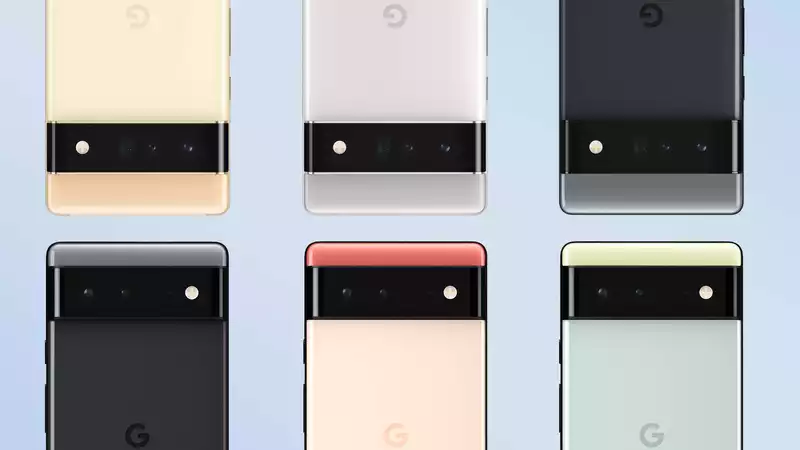The Google Pixel 6 is expected to launch this fall, and as is the case with many highly anticipated phones, more information is beginning to emerge. Not only has Google itself leaked some information (especially about the new Tensor system-on-a-chip), but leaks and rumors have revealed almost a complete picture of what to expect.
However, a new rumor from 91mobiles is that Google is finally (finally!) suggesting that the Pixel 6's fast charging will be upgraded beyond 18W, possibly up to 33W. This would be a big step up from what we have become accustomed to with the Pixel 5 and the recently announced Pixel 5a. I was already excited about the Pixel 6, but this little detail raises my expectations even more.
After using the OnePlus 9 Pro, going back to charging the Pixel 5 (or even the iPhone 12 Pro) is frustratingly slow; 33W is far from OnePlus' 65W charging madness, but definitely a step in the right direction. This would put the Pixel 6 ahead of the iPhone 12 and Galaxy S21, which are capped at 20W and 25W respectively. Apple may increase the iPhone 13's charging speed a bit, but we have no idea on that point.
The Pixel 6 is trying to make waves in the Android space, but it also needs to do the little things well. No one expects Google's next phone to beat out Apple and Samsung, but regardless, it needs to take advantage in every way possible. Yes, fast charging seems trivial, but it is a convenience that other phones have and will be sorely missed away from those devices.
A 33W charge would allow for quicker charging of the 4,614 mAh and 5,000 mAh batteries rumored to be in the Pixel 6 and Pixel 6 Pro. Increasing the charging wattage is a logical step in increasing a phone's battery capacity, and I believe 18W is no longer sufficient for a true flagship device. It is one thing for the budget/mid-range Pixel 5a to have a maximum of 18W, but Google's next flagship (which is set to be "expensive") needs to do better.
Throughout the Pixel series, Google has been similar to Apple in several ways, including being slow to adopt new industry trends. This is a double-edged sword, in that it allows Google to see if a trend will last, but it also means that the Pixel often lags behind other models like the Galaxy S and OnePlus. And we all know that Pixels need all the help they can get to succeed.










Comments